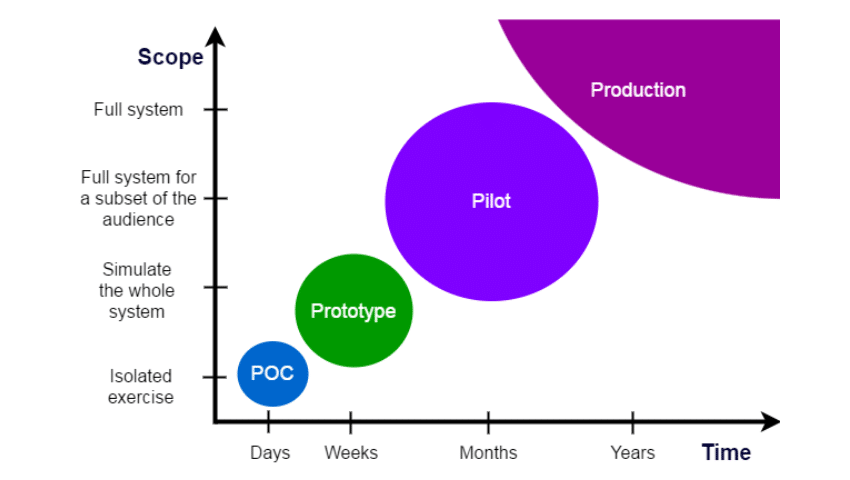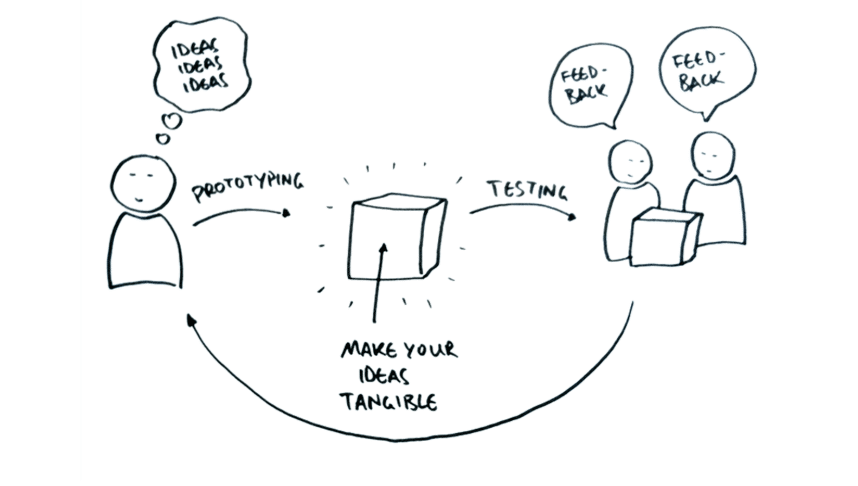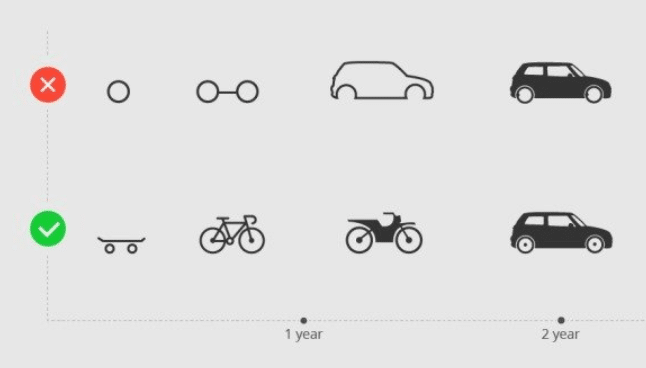Proof of Concept vs. Prototype vs. Minimum Viable Product

Proof of concept, prototype, and minimum viable product (MVP) are all terms that are commonly used in the startup technology solutions industry. Each of these terms represents a different stage in the product development process, and it’s important to understand their differences.
When implementing a new process or concept, a few steps can be taken to see if the idea can be a reality. Those steps use the proof of concept, prototype, pilot, or minimum viable product methods. Each method is different, with the biggest difference being the scope and the underlying costs associated with each piece.
Proof of Concept
A proof of concept is when we create an isolated exercise to see if our solution is possible, such as when we are unsure if a library fits our requirements or what service will be better to integrate.
- takes a few days to implement
- test a discrete idea or assumption
- prove that a solution is viable
- shows that a product or feature is possible
An example of a POC would be testing what sound library best fits our game app.
Prototype
A prototype is when a project is created from scratch and focuses only on a general structure. For example, if trying to investigate some new technology or developing a new concept, we would use a prototype, to show how it will be done.
A prototype should simulate the relevant part of the system
For technical aspects the prototype will show if the right combination of technology was chosen with all the parts integrating correctly.
For developers design aspectsthe – Prototype would give some structural support to help make the work easier and more precise.
For product design aspects – The prototype will give a first look at the product and show if the product is on the right track.
For timing aspects – The timeframe of building a prototype can take 1-3 weeks, not including POC exercises. A prototype may provide some of the components that can be reused in a pilot or production version, but sometimes it can be more efficient to re-do most, if not all of the system.

For example: Can we create a cross-platform mobile application using firebase and react-native and integrate our CIO/pipeline and be able to write all code in transcript?
Pilot or Minimum Viable Product (MVP)
Minimum Viable Product tests the subset of functionality in production, using a subset of the whole audience.
- to test the product in the early stages
- to get a better understanding of how the product will be used in the field
- to be able to refine the product in the early stages

Summary
All of these techniques provide a quick and less expensive way to reach a goal. When you are unsure about a solution, create a quick POC. Starting a new project? Better to create a prototype to get an idea on steps needed to make that goal a reality.
Check out to discover other Thought Leadership pieces.
Top articles
- Which OS Versions Should My App Support for Optimal Performance?
- 5 Key Technology Issues in Healthcare Industry
- Complete Guide to Microsoft Dataverse
- Key Success Factors for Technology Modernization
- Cloud Agnostic Applications: Why Do You Need It?
- Is Flutter ready for Enterprise mobile apps?
- 7 ERP Implementation Challenges and How To Overcome Them
- Understanding Technical Debt: Definition, Impact & Tips for Businesses
Related Articles









